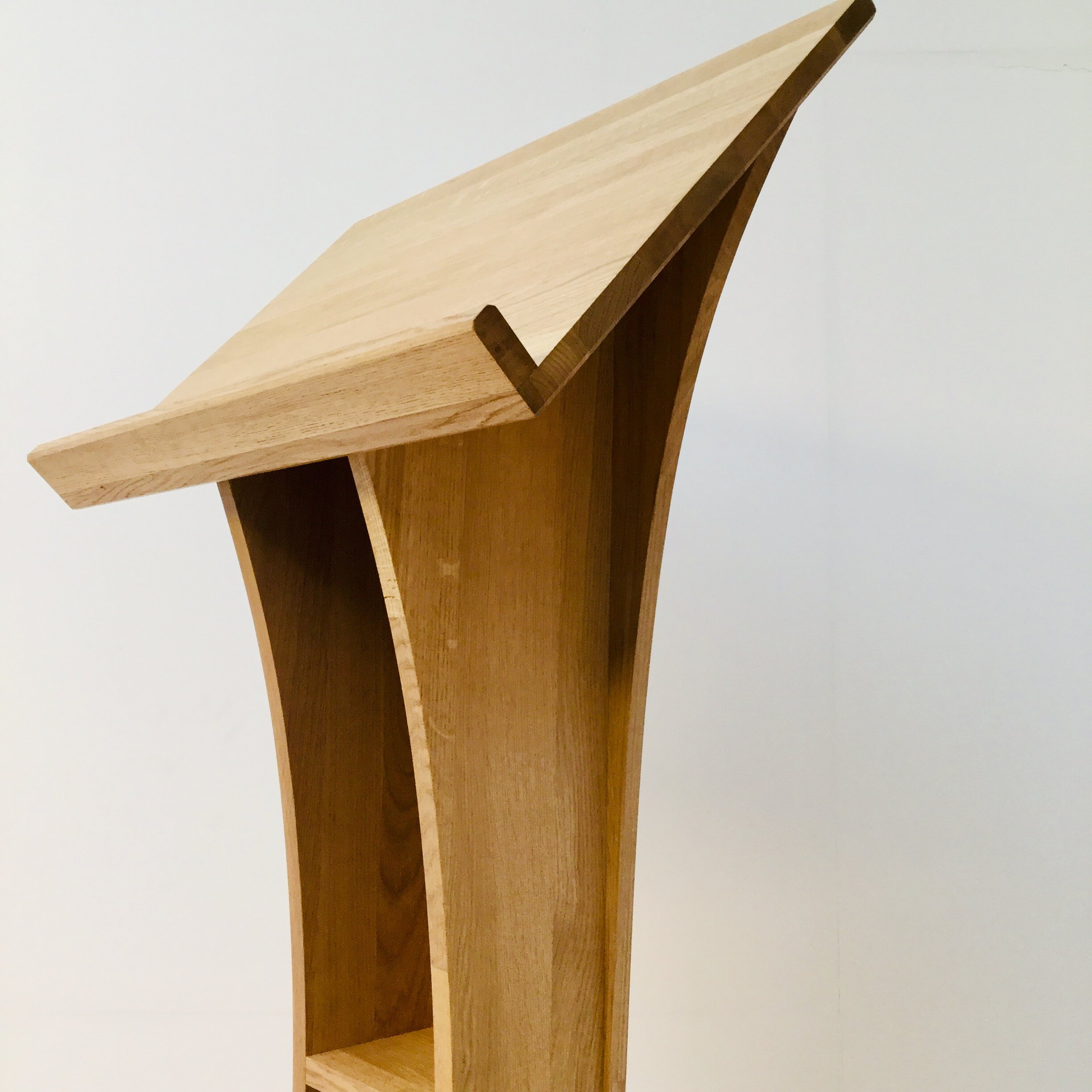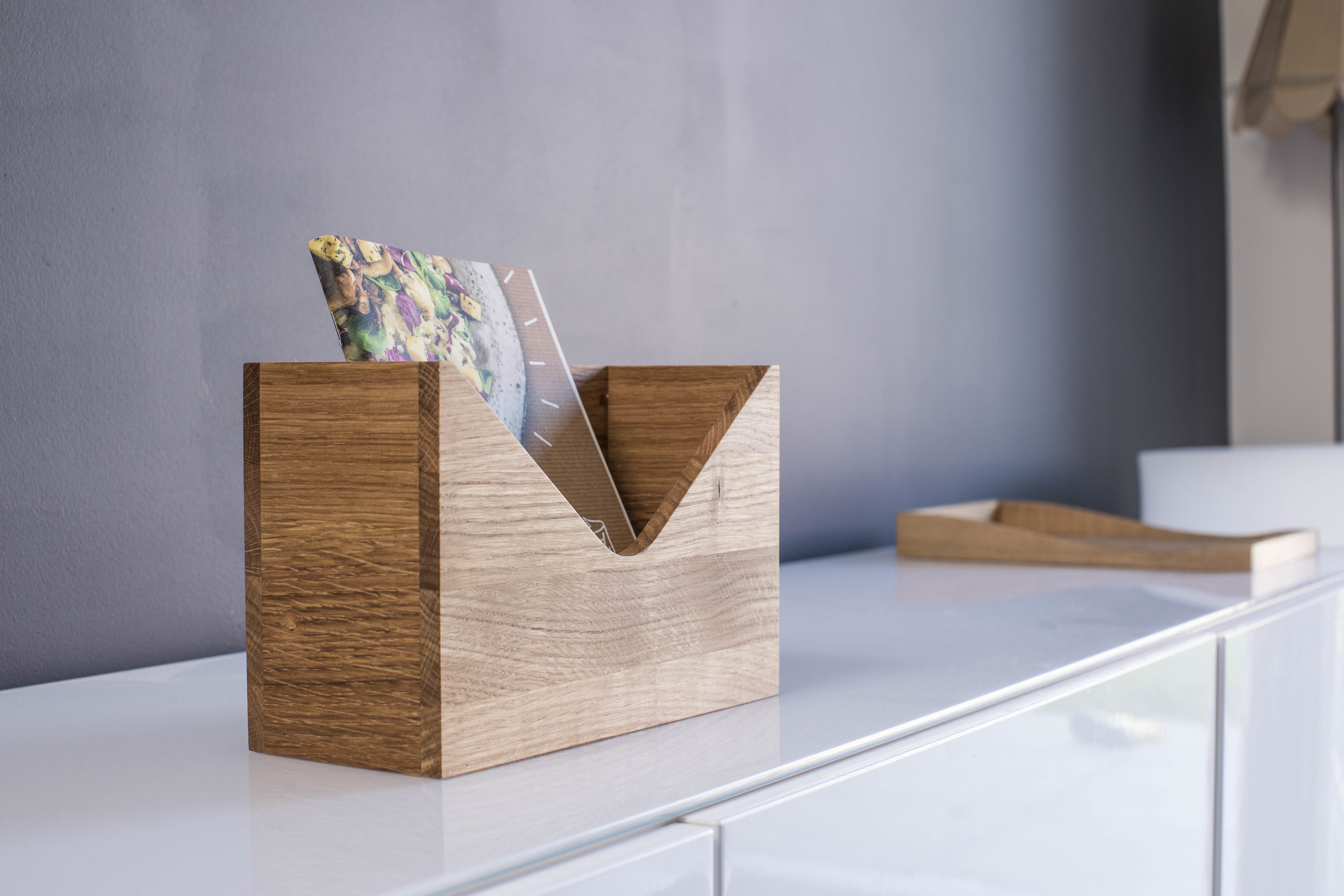https://www.independentschoolsmagazine.co.uk/issues/2023-january/index.html
P7 ‘Thinking out Loud article’ published on teaching Design Thinking in Schools.
Thinking out Loud
As a designer and teacher of design, should we be placing a greater emphasis on explaining the importance of learning about the design process and the impact that design thinking has on the world around us? Should we be making it more explicit how these design tools can help pupils to navigate an uncertain future?
The design process and design thinking tools are not only used by designers but also entrepreneurs, innovative engineers (Dyson for example who was design trained at the Royal College of Art) Architects, but also academics and innovators in other disciplines.
It seems to be even more relevant now that Design Thinking is taught as a toolkit for pupils to learn to help prepare them for a future when AI is able to create and program itself. Where information is abundant and faster and robots are used across all areas of life, replacing skilled based jobs. The ability to research selectively, think creatively, respond proactively and flexibly, to be able to problem solve (potentially innovate) and communicate ideas clearly, are and will be increasingly valuable skills that pupils will require in their future lives.
I am currently teaching yr3-yr8 pupils at Orwell Park school in Suffolk. Along with designing products, lighting, jewellery, architecture and engineering projects. It’s been important to focus on teaching my classes design thinking. I have chosen to do this mostly via a vehicle of furniture. As furniture design is part of where my main interests and expertise lie and it was the focus of my MA. Furniture is also on a scale that is achievable in a reasonable timescale and can have visual impact. It is useful for learning about structure, the capabilities of materials, the balance of aesthetics, proportion and also directly designing with humans in mind. It is easy to test it, evaluate structure, form, function, proportion and adjust. It also allows pupils to think about the context of how their design can fit into the world. This exact same design process could then be applied to designing a building, a bridge, a product, an app, a user experience, a system etc. but the practical element is so important with younger pupils. The practical element acts as the hook of excitement and risk taking that draws the pupils in and enables them to develop higher order thinking skills and learn more about the design process. The creative idea generation allows them to think on a very intrinsic level, engaging in a personal experimental journey of decision making.
The design consultancy IDEO, who are regarded as highly innovative, have spent years researching design thinking and work with all sorts of companies implementing how the design process impacts on society and can be used as a tool not just by designers but many disciplines.
‘At IDEO, we are a community of designers who naturally share a mindset due to our profession. Our teams include people who've trained in applied fields such as industrial design, environmental architecture, graphic design, and engineering; as well as people from law, psychology, anthropology, and many other areas. Together, we have rallied around design thinking as a way of explaining design's applications and utility so that others can practice it, too. Design thinking uses creative activities to foster collaboration and solve problems in human-centered ways. We adopt a “beginner’s mind,” with the intent to remain open and curious, to assume nothing, and to see ambiguity as an opportunity.’
In 2002 I met Richard Parker, an industrial designer, on our teacher training course at Homerton College. One of his most well known designs is the slim London Underground ticket gates that are still in operation today, millions of people go through those gates every day in London. They are a far better design than their boxy predecessors and half the thickness, which allowed a lot more gates to be put into the same space, increasing the flow of people and allowing them to get home to their families faster.
I had lots of conversations with Richard that year. The one that stuck with me was him saying great industrial design is silent.
He explained that if you design something like a ticket gate well, no one will notice it. However if you design it badly everyone will notice, as it starts to effect their lives in a negative way.
Recently I have been thinking, have too many of us design teachers been working with great industry but also like a great industrial design, been silent? As a subject are we losing sight of the full potential of what we are teaching?
Maybe (even though it may go against the nature of most design teachers) we need to start to be less like a piece of industrial design and be more like a piece of Ettore Sottsass furniture. Have a louder voice and be more explicit about the value of Design. Highlighting how useful design thinking is for pupils. Explain how this relates to industry, by using examples of companies like IDEO, who are teaching other industries how to use the design tools they have developed, so they too can innovate, adapt and solve problems in a human centred way.
https://designthinking.ideo.com
Image of Memphis furniture by Ettore Sottsass














































